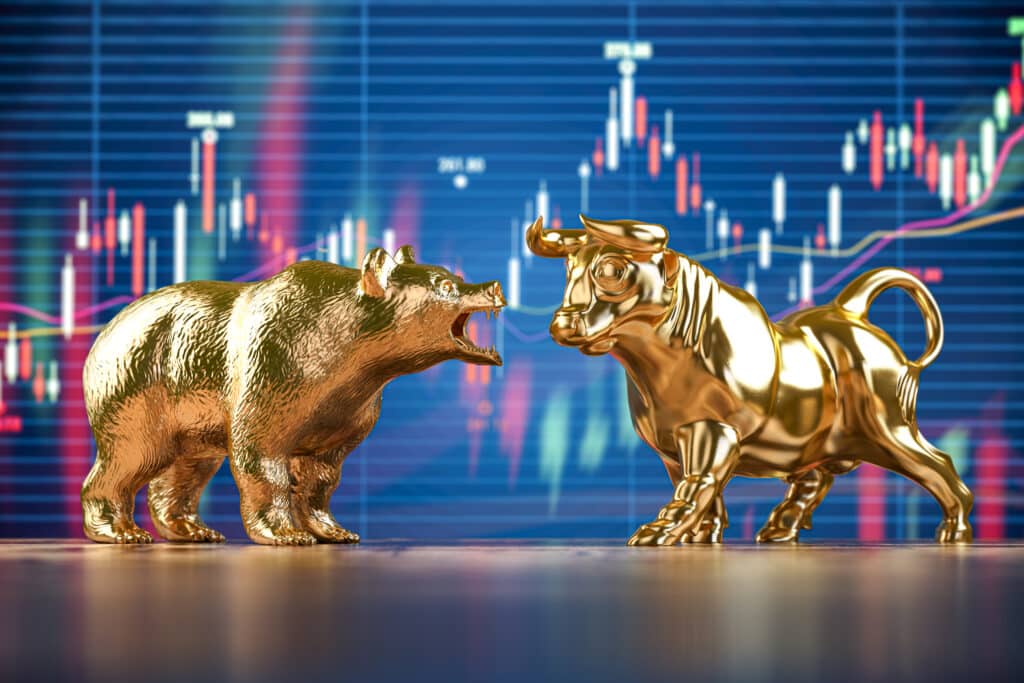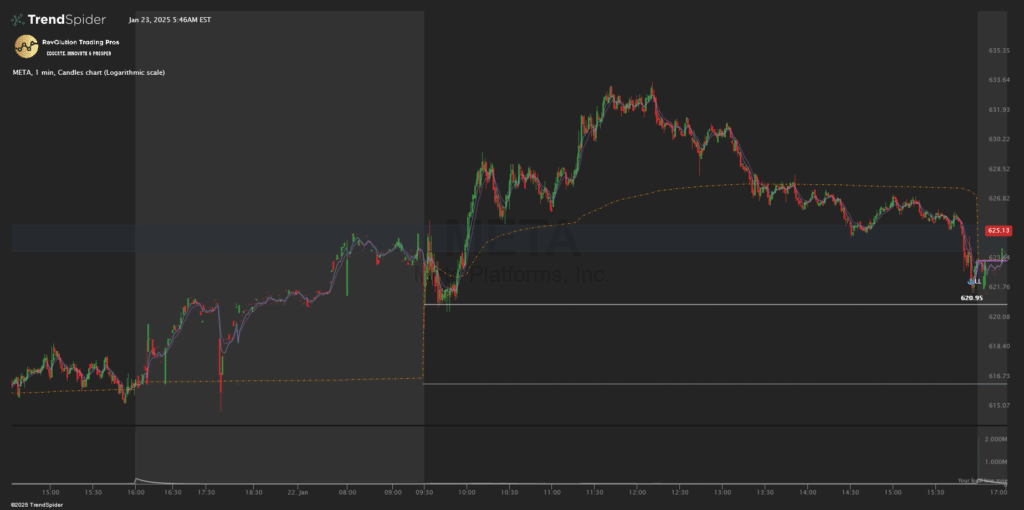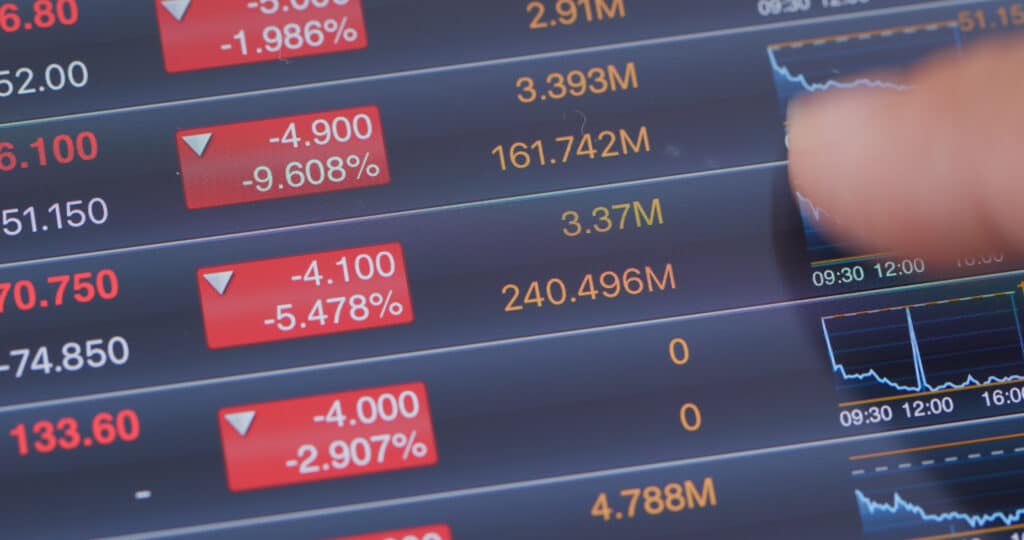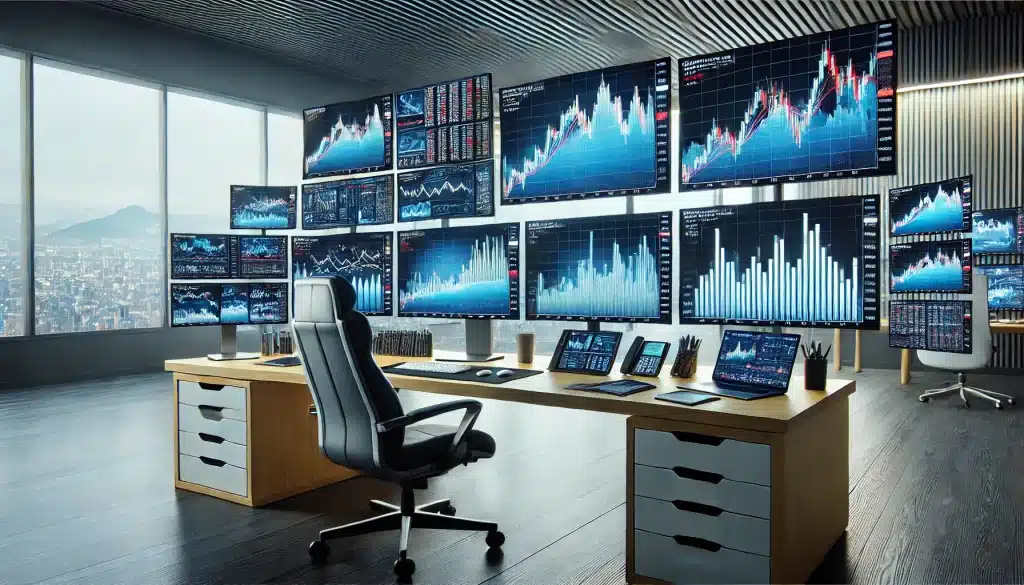Understanding Options Skew
Understanding Options Skew
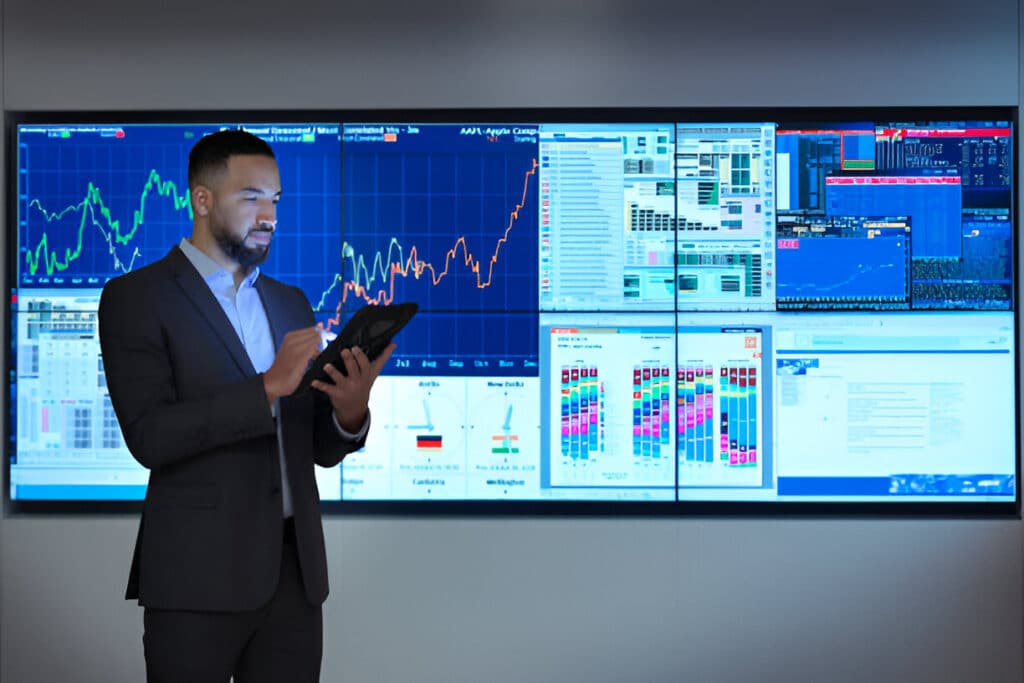
When it comes to trading options, there’s a unique concept called “options skew.” It might sound complicated at first, but think of it like buying ice cream. Some flavors cost more because they’re more popular or harder to make. Options skew works in a similar way. Let’s break it down simply, so anyone—even a kid—can understand it!
What is Understanding Options Skew?
Options skew happens when one type of option (puts or calls) is priced higher than the other. Think of options like tickets you buy to guess which way the stock market moves. You have two choices: tickets guessing the price will go up (call options) and tickets guessing it will go down (put options).
When more people want to buy tickets guessing prices will fall, those tickets become pricier. Similarly, if more people think prices will rise, those tickets become expensive. That difference in price between the two types of tickets is called options skew.
Understanding Options Skew: Calls vs. Puts
Let’s simplify it:
- Call options: These are like betting tickets that prices will go up.
- Put options: These are tickets betting prices will fall.
Imagine you have two equally distant tickets:
- Stock price today: $100
- Call ticket (betting it will go up to $102)
- Put ticket (betting it will go down to $98)
If the put ticket is more expensive than the call ticket, it tells us traders are worried prices might drop sharply. They are buying protection, just like getting extra insurance when you’re scared something bad might happen.
If the call ticket is pricier, traders are optimistic, thinking the stock might jump higher. They’re excited, just like buying tickets early for a movie everyone thinks will be a blockbuster.
Why Does Understanding Options Skew Matter?
Understanding options skew helps you know what other traders expect from the market. It’s like having a sneak peek into everyone’s thoughts. If you see high skew towards puts, you know traders are cautious or worried about a big drop. If skew favors calls, traders are hopeful and expecting big positive news.
This information helps traders make smarter decisions. If everyone’s afraid prices might crash, you might choose to buy insurance too, or you might see it as a chance to buy cheaper tickets on the other side, betting prices will actually rise!
Examples of Understanding Options Skew
Here’s a super-simple example:
Example 1: Put Skew
- Price of Stock: $50
- Call at $52 costs $1.00
- Put at $48 costs $2.50
In this case, the put ticket is way more expensive. It means traders believe there’s more risk the price will fall sharply. They’re paying extra for protection.
Example 2: Call Skew
- Price of Stock: $50
- Call at $52 costs $2.50
- Put at $48 costs $1.00
Here, traders see more potential for the stock price to jump higher. They’re excited and willing to pay more for call tickets.
Factors Affecting Options Skew
Several things can affect options skew, just like many things affect ticket prices for movies or events:
- Market news: If bad news comes out, puts become pricier.
- Earnings announcements: Companies reporting their profits or losses can cause skew.
- Economic events: Big decisions from governments or central banks can increase skew.
- Fear or excitement: Traders’ emotions directly affect skew.
How Traders Use Understanding Options Skew
Traders use skew in a few clever ways:
- Protection: If they notice puts becoming expensive, they may buy them to protect their investments.
- Opportunities: Sometimes traders sell expensive tickets (high-skew options) and buy cheaper tickets, betting skew will decrease.
- Predicting Moves: Traders watch skew closely to predict potential market moves. It’s like reading clues to guess the market’s next step.
Understanding Options Skew and Market Sentiment
Options skew directly reveals market sentiment. Sentiment means the mood or feelings traders have about the market.
- High Put Skew: Traders feel scared or cautious.
- High Call Skew: Traders feel excited or bullish (expecting prices to rise).
It’s exactly like listening to the cheers or boos from a crowd to know how they feel about a sports match.
Common Misunderstandings About Options Skew
Some traders confuse options skew with the Put/Call ratio, but they measure different things:
- Put/Call Ratio: Measures how many tickets (options) traders buy.
- Options Skew: Measures how expensive each ticket is.
Understanding this difference helps you clearly see market expectations.
FAQs: Understanding Options Skew
What causes options skew?
Options skew is caused by traders’ expectations of risk or large price movements in a certain direction.
Can options skew predict the market?
It doesn’t predict the market perfectly but gives traders hints about expected market movements.
Is skew higher during market crashes?
Yes, skew often becomes extreme during market crashes as traders buy more puts (protection).
How do beginners benefit from understanding options skew?
Beginners can use skew to understand market feelings and make better, informed decisions.
Does every stock have options skew?
Almost every actively traded stock has skew, but some have higher skew based on volatility and trader interest.
Final Thoughts
Understanding options skew is easier than it sounds! It’s about noticing when one type of ticket (option) becomes more expensive because traders are either worried or excited about the market. By watching skew, traders gain insights into market feelings, make better decisions, and even find new trading opportunities. It’s like reading the market’s mood to get ahead.
Check out articles on:
- Introducing to Options Trading
- Mastering Butterfly Spreads
- The Power of Diagonal Spreads
- The Power of Iron Condors
- The Power of Vertical Credit Spreads
- How to Succeed Trading Stocks, and Stock Options in a Volatile Market
Related Article
Elevate Your Options Trading Skills
Ready to master options? Join our community for in-depth education on options trading, live sessions, and expert analysis of options trading strategies. Sign up today to start profiting from market swings using advanced options trading strategies!
Below are the links:
- Day Trading Room
- Swing Trading Room(Short-term)
- Small Account Mentorship
- SPX Trading Alerts(Alerts Only)
- Revolution Swings(Alerts Only)
To your success,

Billy Ribeiro is a globally recognized trader renowned for his mastery of price action analysis and innovative trading strategies. He was personally mentored by Mark McGoldrick, famously known as “Goldfinger,” Goldman Sach’s most successful investor in history. McGoldrick described Billy Ribeiro as “The Future of Trading,” a testament to his extraordinary talent. Billy Ribeiro solidified his reputation by accurately calling the Covid crash bottom, the 2022 market top, and the reversal that followed, all with remarkable precision. His groundbreaking system, “The Move Prior to The Move,” enables him to anticipate market trends with unmatched accuracy, establishing him as a true pioneer in the trading world.
Connect with us:



